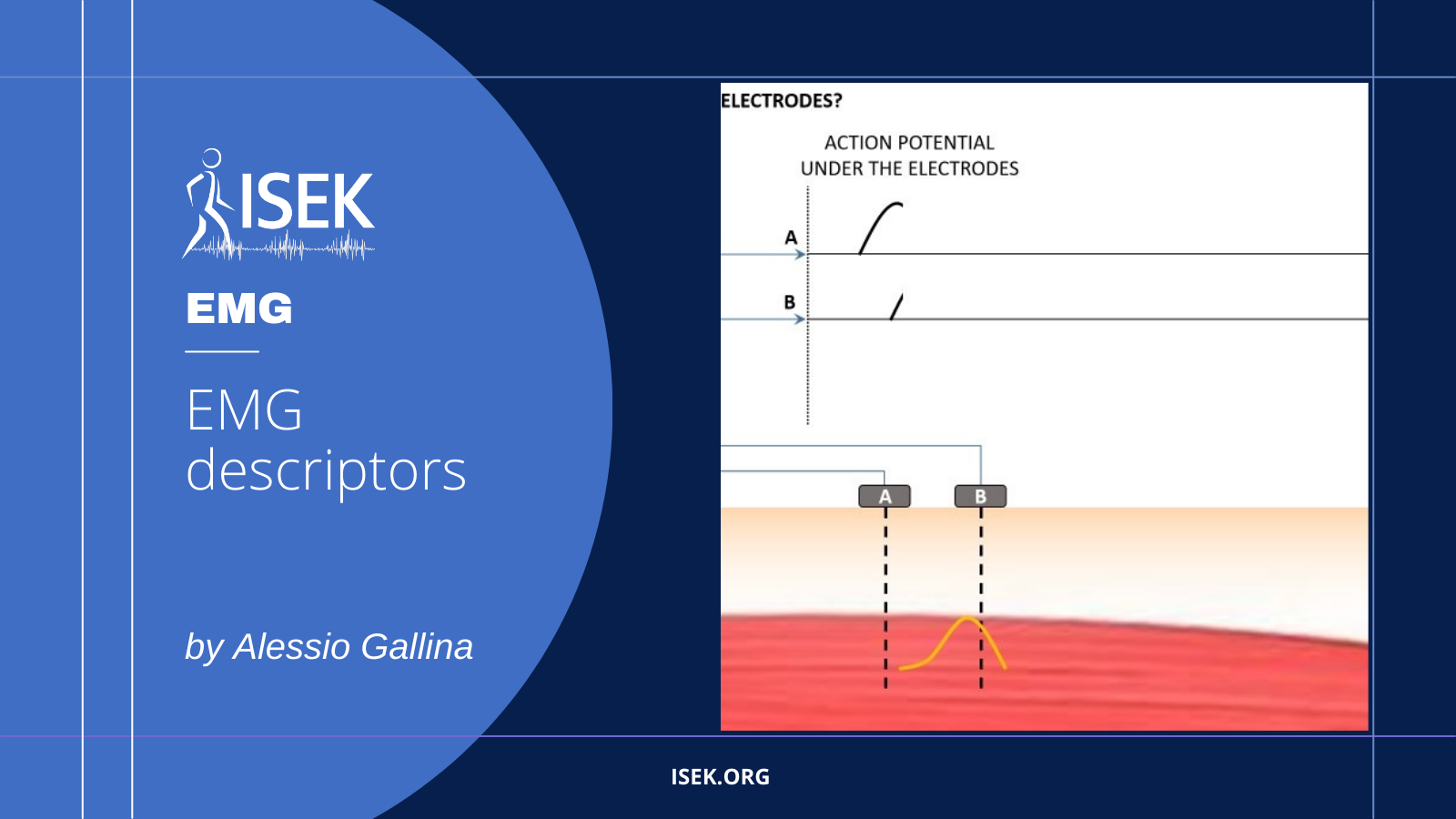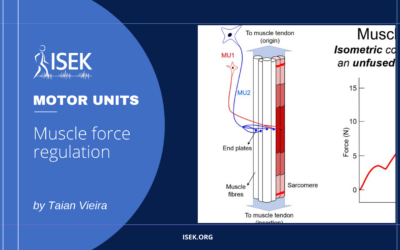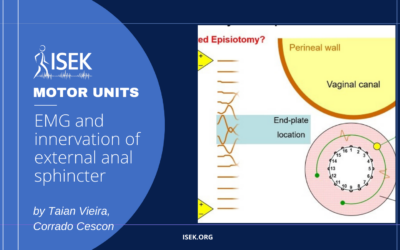About the Author

Alessio Gallina
University of Birmingham
Alessio Gallina has prepared this material while employed at the Laboratory for Engineering of the Neuromuscular System, Politecnico di Torino, Italy. He is currently employed as Assistant Professor in the School of Sport, Exercise science and Rehabilitation, University of Birmingham, United Kingdom.




